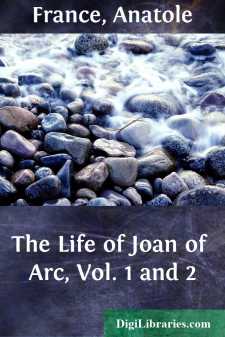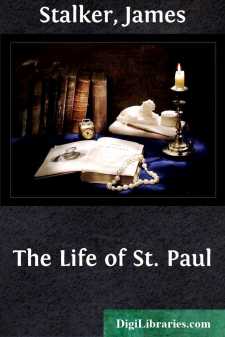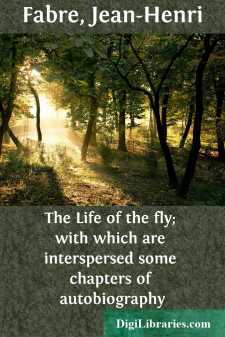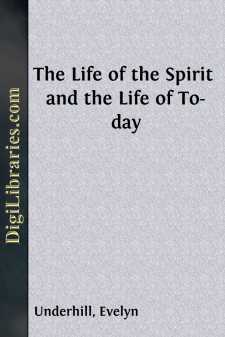Non-Classifiable
- Non-Classifiable 1768
Non-Classifiable Books
Sort by:
Borrow had at last found work that was thoroughly congenial to him. It was not in his nature to exist outside his occupations, and his whole personality became bound up in the mission upon which he was engaged. Not content with preparing the way for printing the New Testament in Manchu, he set himself the problem of how it was to be distributed when printed. He foresaw serious obstacles to its...
more...
by:
Anatole France
PREFACE TO THE ENGLISH EDITION CHOLARS have been good enough to notice this book; and the majority have treated it very kindly, doubtless because they have perceived that the author has observed all the established rules of historical research and accuracy. Their kindness has touched me. I am especially grateful to MM. Gabriel Monod, Solomon Reinach and Germain Lefèvre-Pontalis, who have discovered in...
more...
CHAPTER I. The Crown and the Empire The great development of a political nature in the British Empire of the nineteenth century was the complete harmony which gradually evolved between the Monarchy and a world-wide democracy. This process was all-important because it eliminated an element of internal discord which has destroyed more than one nation in the past; because it permitted the peaceful...
more...
CHAPTER I. Importance of Marie Antoinette in the Revolution.—Value of herCorrespondence as a Means of estimating her Character.—Her Birth,November 2d, 1755.—Epigram of Metastasio.—Habits of the ImperialFamily.—Schönbrunn.—Death of the Emperor.—Projects for the Marriage ofthe Archduchess.—Her Education.—The Abbé de Vermond.—Metastasio.—Gluck. The most striking event in the annals...
more...
CHAPTER I I The Buonarroti Simoni, to whom Michelangelo belonged, were a Florentine family of ancient burgher nobility. Their arms appear to have been originally "azure two bends or." To this coat was added "a label of four points gules inclosing three fleur-de-lys or." That augmentation, adopted from the shield of Charles of Anjou, occurs upon the scutcheons of many Guelf houses and...
more...
CHAPTER I THE LIGHTHOUSE BUILDERS ". . . For the sakeOf these, my kinsmen and my countrymen,Who early and late in the windy ocean toiledTo plant a star for seamen." The pirate, Ralph the Rover, so legend tells, while cruising off the coast of Scotland searching for booty or sport, sank the warning bell on one of the great rocks, to plague the good Abbot of Arbroath who had put it there. The...
more...
by:
Thomas Wright
Fifteen years have elapsed since the death of Sir Richard Burton and twelve since the appearance of the biography of Lady Burton. A deeply pathetic interest attaches itself to that book. Lady Burton was stricken down with an incurable disease. Death with its icy breath hung over her as her pen flew along the paper, and the questions constantly on her lips were "Shall I live to complete my task?...
more...
by:
James Stalker
FOREWORD By Wilbert W. White, D.D. When asked to write a foreword to Dr. Stalker's "Life of St. Paul," I thought of two things: first the impression which I had received from a sermon that I heard Dr. Stalker preach a good many years ago in his own pulpit in Glasgow, Scotland, and secondly, the honor conferred in this privilege of writing a foreword to one of Dr. Stalker's books. I...
more...
by:
Jean-Henri Fabre
CHAPTER I. THE HARMAS This is what I wished for, hoc erat in votis: a bit of land, oh, not so very large, but fenced in, to avoid the drawbacks of a public way; an abandoned, barren, sun scorched bit of land, favored by thistles and by wasps and bees. Here, without fear of being troubled by the passersby, I could consult the Ammophila and the Sphex [two digger or hunting wasps] and engage in that...
more...
by:
Evelyn Underhill
CHAPTER I THE CHARACTERS OF SPIRITUAL LIFE This book has been called "The Life of the Spirit and the Life of To-day" in order to emphasize as much as possible the practical, here-and-now nature of its subject; and specially to combat the idea that the spiritual life—or the mystic life, as its more intense manifestations are sometimes called—is to be regarded as primarily a matter of...
more...











